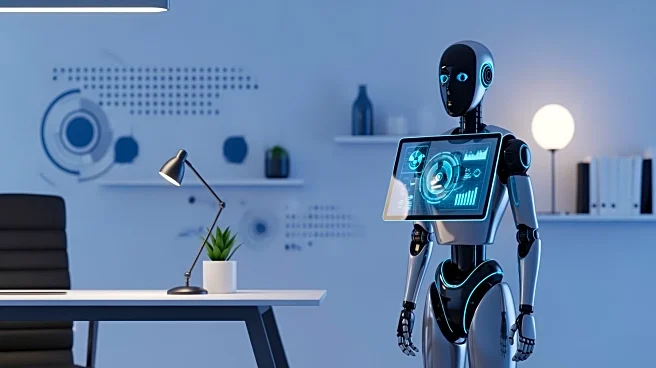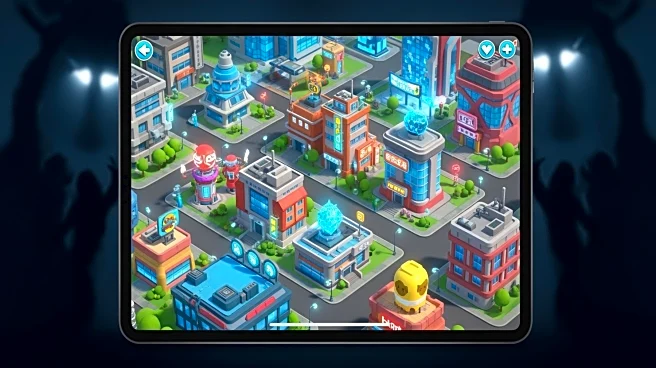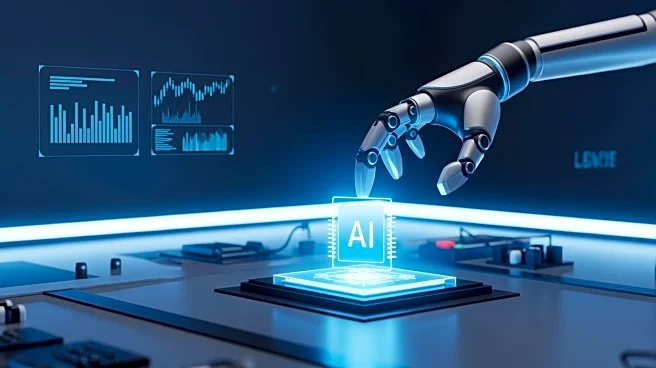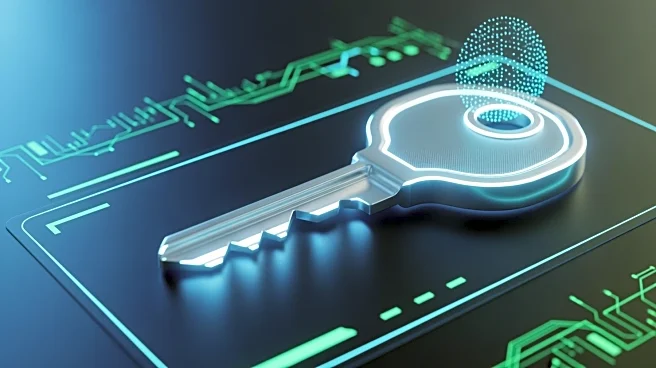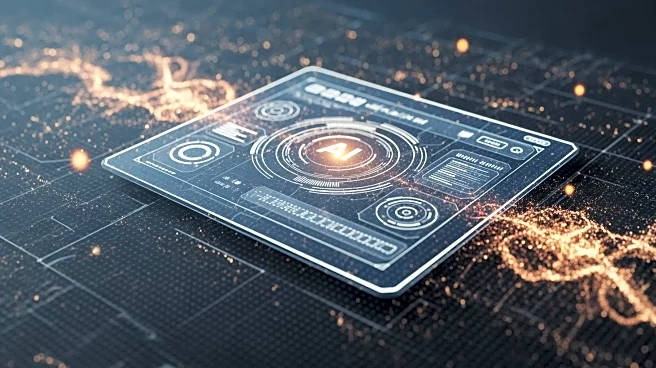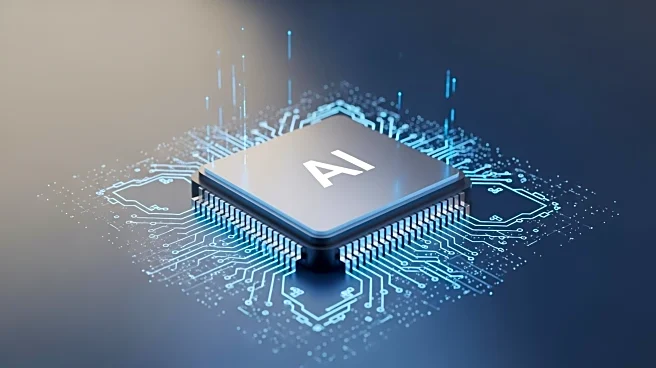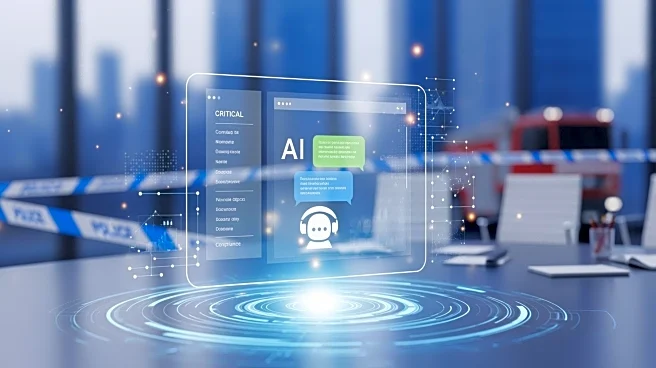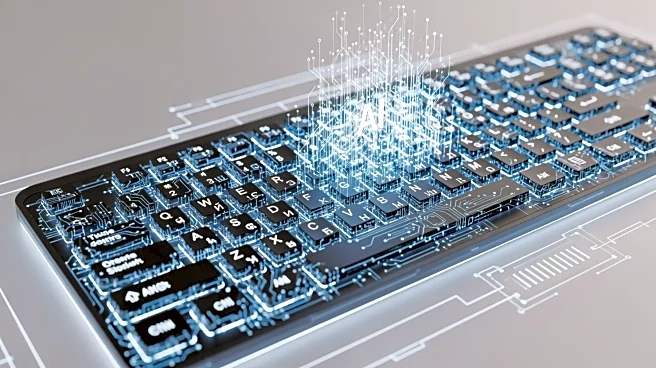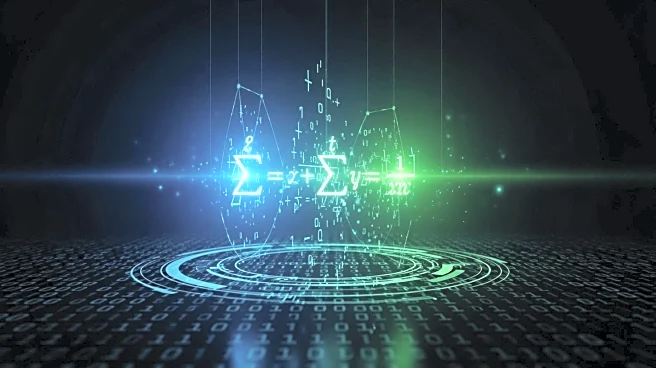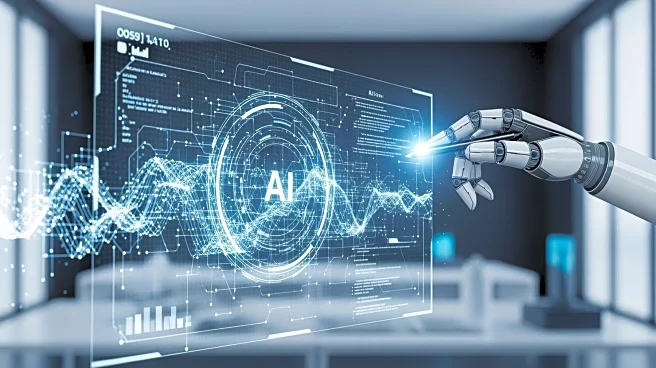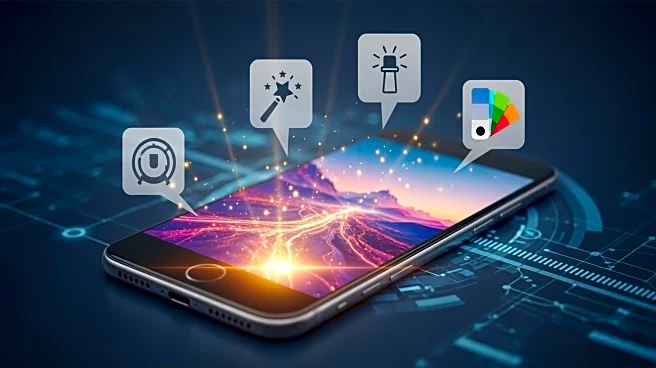What's Happening?
Electronic Arts (EA) is integrating artificial intelligence (AI) across various aspects of its operations, encouraging employees to view AI as a 'thought partner.' This initiative includes using AI for coding, concept art, and performance reviews. However,
some employees have expressed concerns about the company's in-house chatbot, ReefGPT, which reportedly produces flawed code and other issues, leading to additional work. EA's executives have urged nearly 15,000 workers to use AI daily to expedite tasks, despite fears of potential downsizing among creative staff.
Why It's Important?
The integration of AI at EA represents a significant shift in how technology is utilized in the gaming industry. While AI can enhance productivity and streamline processes, it also raises concerns about job security, particularly for creative roles. The reliance on AI could lead to a reduction in human workforce, affecting artists and designers. Additionally, the flawed outputs from AI tools like ReefGPT could impact the quality of EA's products, potentially affecting consumer trust and the company's reputation.
What's Next?
EA's continued push for AI adoption may lead to further developments in its operational strategies. The company might need to address employee concerns and improve the reliability of its AI tools to prevent production bottlenecks. Stakeholders, including employees and industry observers, will likely monitor EA's AI implementation closely, assessing its impact on job roles and product quality. EA's management may also need to consider ethical implications and consumer perceptions as they expand AI usage.
Beyond the Headlines
The ethical dimensions of AI usage in creative industries are becoming increasingly relevant. EA's approach could set a precedent for other companies, influencing how AI is integrated into creative processes. The potential downsizing of creative staff raises questions about the value placed on human creativity versus technological efficiency. Long-term, this shift could redefine industry standards and expectations regarding the balance between human and AI contributions.
